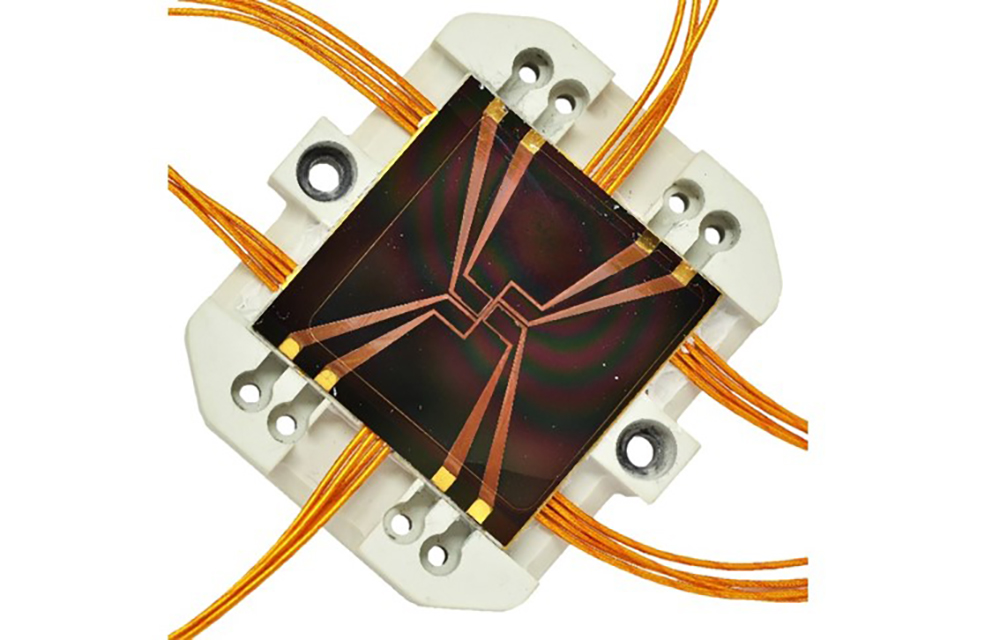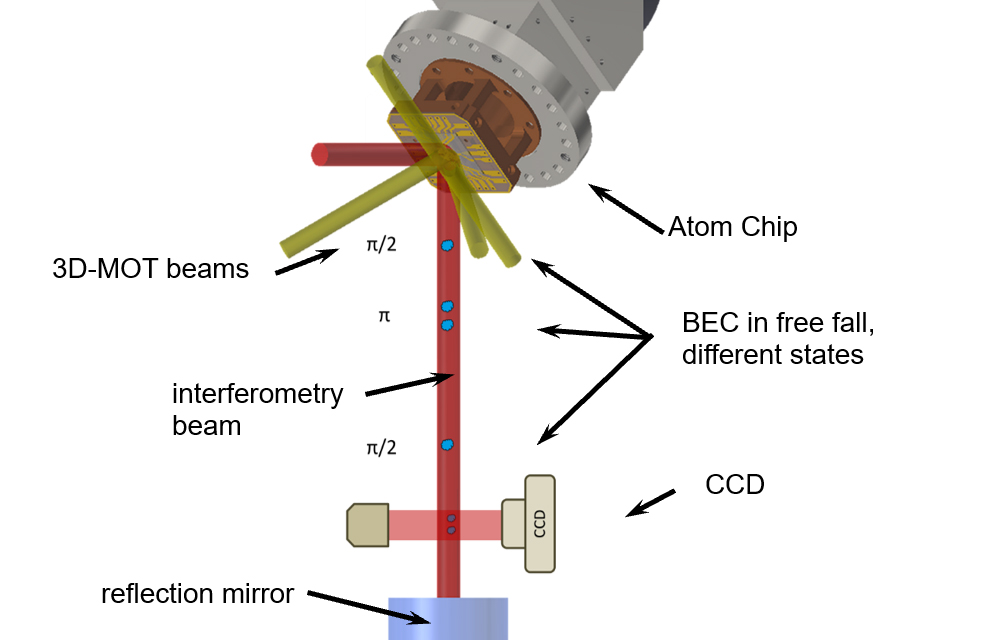Gravimetry allows the Earth’s gravity field to be measured, providing important information for both geosciences and commercial and industrial applications.
Gravity as a source of information
In geology, for example, gravimetry is used to identify subsurface density anomalies. Geodesy uses it to define reference surfaces for national height reference systems. Early warning systems in the field of earthquake warning and volcanology are also among the areas of application, as is climate research, which deals with the Earth’s mass distribution, ocean currents and groundwater levels as a result of climate change. Industrial and commercial applications include mineral exploration and civil engineering.
The reference surface in the Earth’s gravity field is called the geoid. Any two points on the geoid have the same gravity potential and thus the same dynamic height. But in contrast to the gravity potential, the gravitational acceleration g on the geoid is not constant. Therefore, a high-precision and ideally calibration-free method for continuous measurements is needed to determine g.
Development of miniaturized quantum gravimeters
Scientists at the Institute of Micro Production Technology (IMPT) and the Institute of Quantum Optics (IQ) at Leibniz University Hannover are developing atom chips as components of magneto-optical traps for compact quantum gravimeters. Their goal is to measure gravitational acceleration g with absolute gravimetry.
These quantum gravimeters make use of the wave properties of atoms. The principle of operation is based on the study of the free fall of atoms in ultra-high vacuum. Unlike classical interferometers, this fall is frictionless and does not require complex mechanics that need regular maintenance and calibration.
Laser pulses detected by a camera are used to determine position during free fall. However, the accuracy is limited by wavefront effects, since "only" laser-cooled atoms are used today. Therefore, Bose-Einstein condensates will be used as a source for the quantum gravimeters to achieve improved drift and accuracy performance and a reduction of wavefront effects.
Manufacturing challenge
IMPT’s focus is on miniaturization and further development of atom chips as a source of Bose-Einstein condensates – with the goal of realizing a transportable quantum gravimeter suitable for use in the field or onboard aircraft, sounding rockets, or satellites.
This presents a manufacturing challenge in terms of chip integration and reliability. In addition, optical access to the chip surface for laser interferometry and laser cooling is needed to realize a magneto-optical trap.
In particular, deployment on satellites and research rockets requires limiting the mass and volume of the payload. The use of optical gratings simplifies the splitting optics behind the lasers and the delivery of light to the atoms. Instead of having to split the light into four paths and align them to each other and to the atoms, only one beam remains, which must be aligned to the atoms.
Since operation is under ultra-high vacuum conditions, primarily non-adhesive interconnect techniques will be used. Both the fabrication of the atom chips and the microtechnological integration of such optical gratings into the atom chip surface therefore require the elimination of any adhesives. In addition to improving the vacuum quality, the pump power and thus the payload can be further reduced.
Future vision: "Lab in a chip“
These microtechnological systems are currently still used in purely macroscopic setups. Therefore, in the next step, the scientists at IMPT want to miniaturize the measurement environment. Research priorities include the realization of compact ultra-high vacuum systems including suitable joining and integration techniques, miniaturized atomic sources as well as pumping and measuring systems. A promising concept is the use of so-called non-evaporable getter materials (NEG), which are based on the surface sorption of gas molecules. The application scenario lies in the coating of the inner walls of the measuring system with the aim of reducing and maintaining the chamber pressure. This is a component of current research at IMPT and IQ with the goal of moving from the "chip in lab" to the "lab in a chip" concept.

